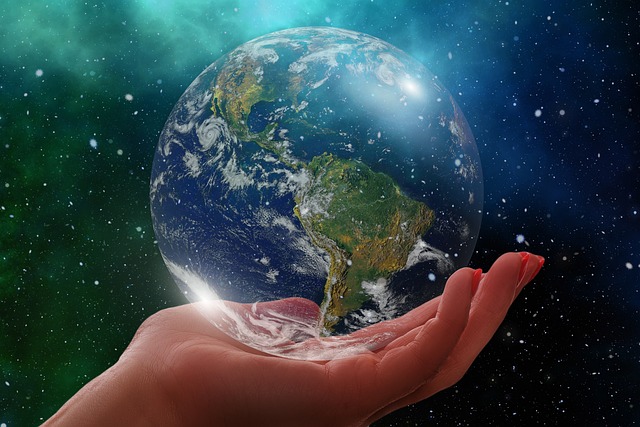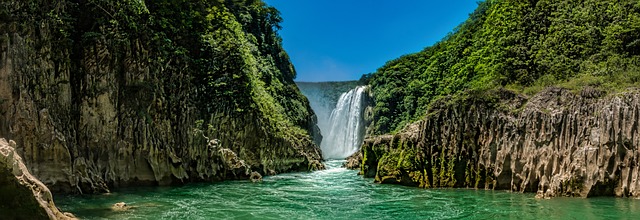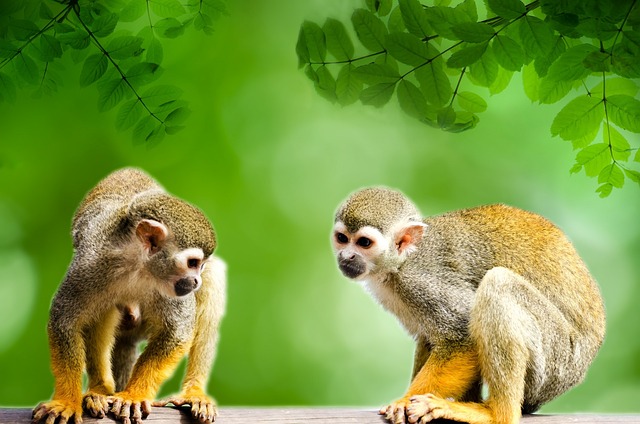Tag: Amazon Rainforest
-
South America Facts For Kids
South America is the world’s fourth largest continent by area. It has the world’s largest rivers and rainforests and the continent offers a wide variety of deserts from the world’s wettest to the driest regions. The continent is situated at the south of Panama and Central America. It is often referred to as the subcontinent…
Written by

-
Amazon River Facts For Kids | The Second Longest River
Amazon River is in South America and is surrounded by thick amazon rainforest. The snake-like River is a magnificent river for it is home to millions of animals and plants. Almost one-third of all species in the world are found in Amazon Rainforest. Let’s discover some more amazon river facts for kids! Amazon River Facts…
Written by

-
Amazon Rainforest Facts for Kids – Tropical Rainforest Facts
The Amazon Rainforest is one of the most interesting places on Earth. These amazon rainforest facts for kids will give you an insight about its flora, fauna and its people. Amazon rainforest covers an enormous area in South America, roughly 7,000,000 square kilometres (2,700,000 square miles). It forms a jagged circle that has nine different countries…
Written by

